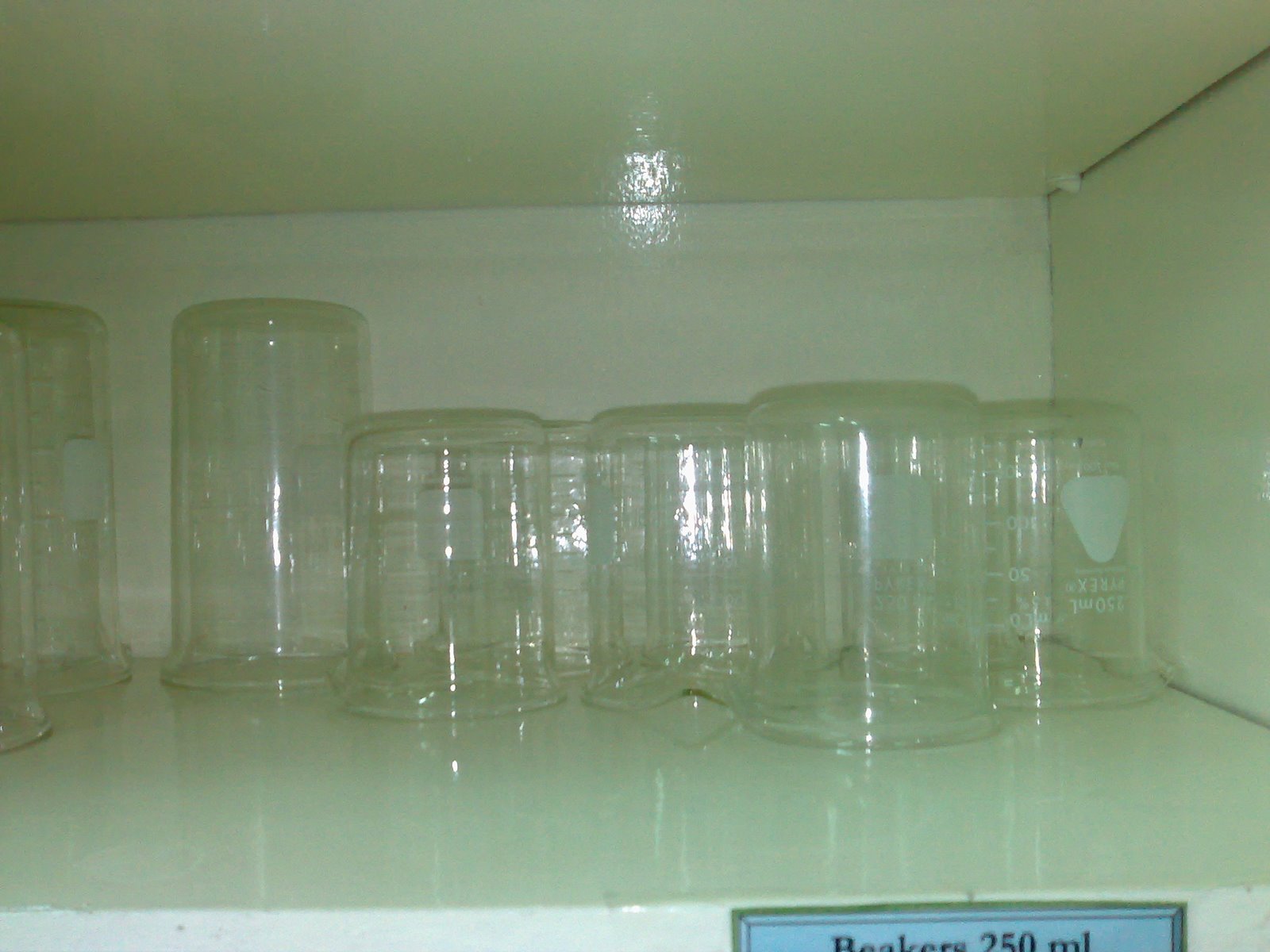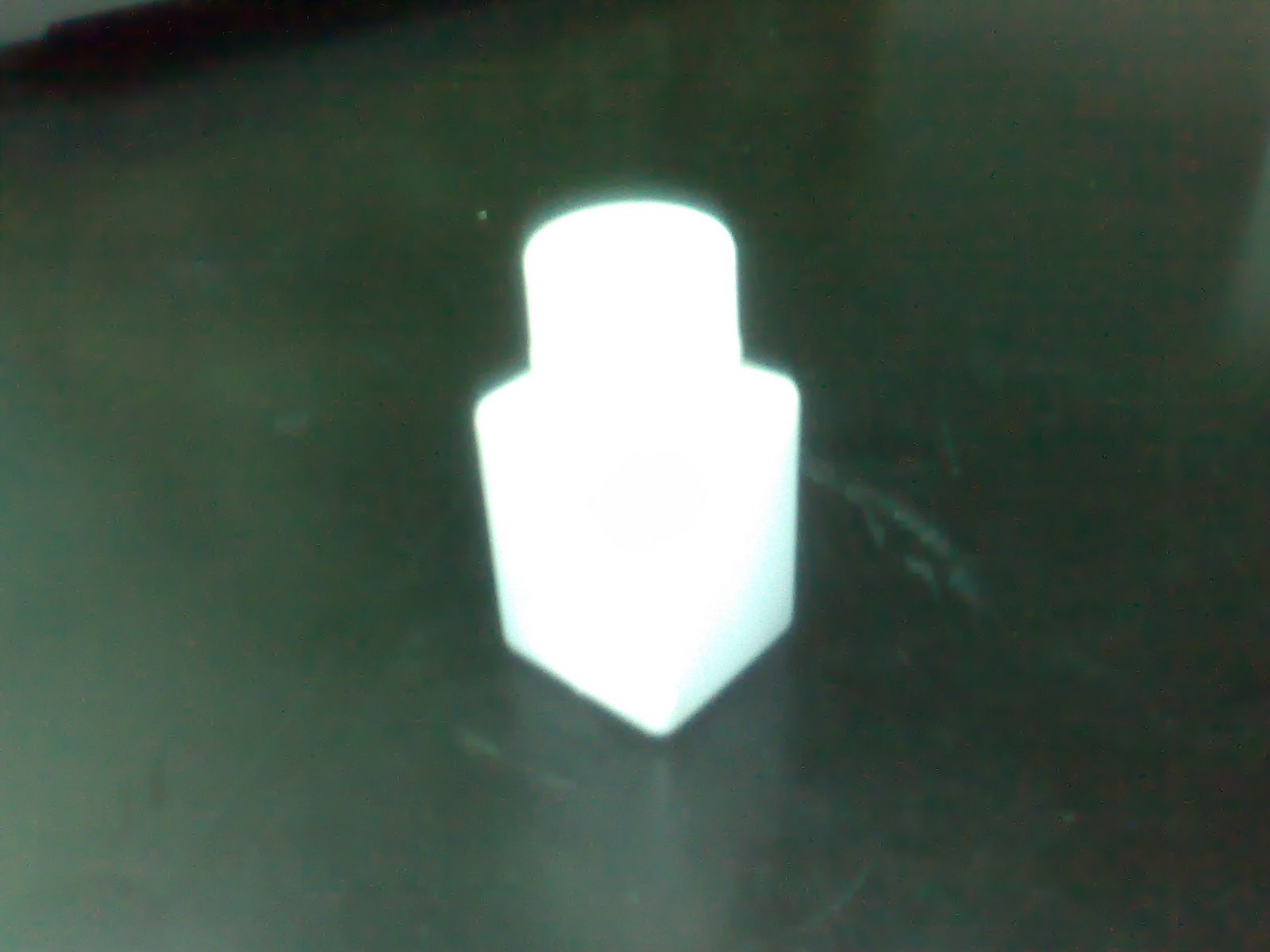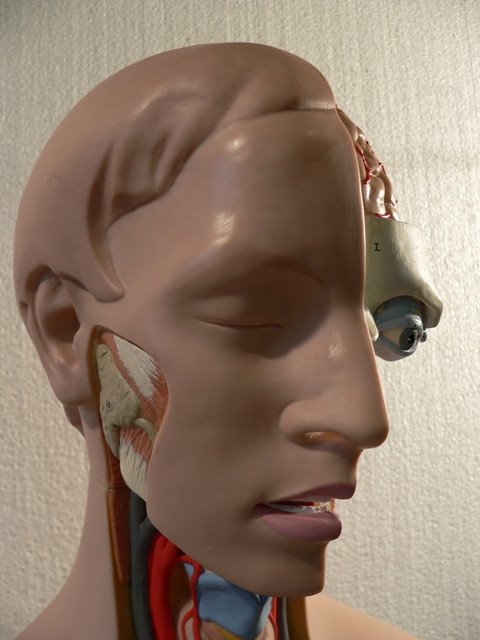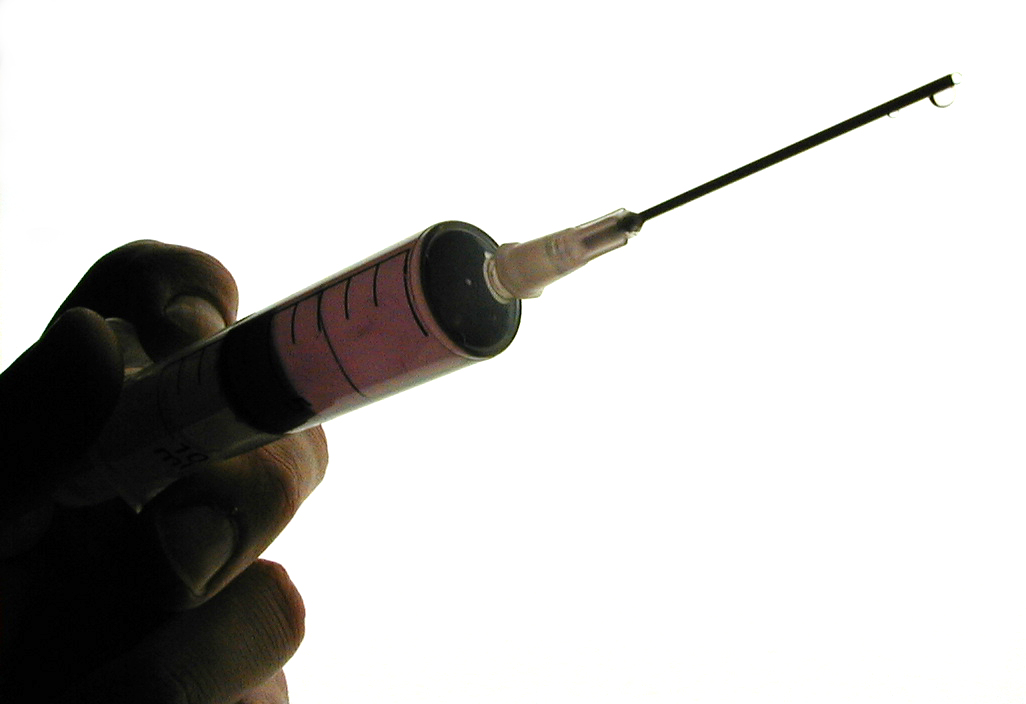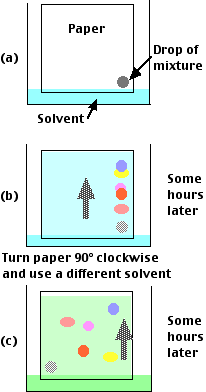Blood gas analysis (BGA) is also known as arterial blood gas determination (ABG), and is considered a special test in the clinical laboratory. The commonly assayed parameters are partial pressure carbon dioxide (pCO2), hydrogen ion concentration (pH) and bicarbonate (HCO3). The determination of these substances helps in the evaluation of the acid-base status of a patient.
The following are certain precautions observed by medical technologists in the extraction of arterial blood for blood gas analysis.
1. The best specimen is arterial blood.
This is because arterial blood is more homogenous than venous blood. The blood could be collected in the following common arterial sites: the radial artery, the brachial artery, the femoral artery and the scalp artery.
The most ideal anticoagulant is dry heparin, and the preferable syringe is a glass syringe. Recently, new receptacles are manufactured which are specifically for BGA.
2. Collect the specimen anaerobically (without air).
Your specimen should be covered at all times to prevent the escape of carbon dioxide to the air. It should be transported immediately to the testing laboratory. If it is left uncovered, unreliable results will be obtained which will lead to a wrong diagnosis by the Clinician/physician.
3. Preserve in crushed ice, if not tested immediately.
The low temperature has to be maintained. An increase in temperature would cause the gas to evaporate. It must also be preserved properly to obtain reliable results, aside from making sure that it is covered.

The body naturally maintains a state of balance called homeostasis. In the case of blood pH, this is done by the lungs and the kidneys which act as compensatory organs for one another. When the lungs are dysfunctional just like in respiratory diseases (emphysema, TB, chronic bronchitis, etc), the kidneys respond by excreting or retaining bicarbonate (HCO3).
On the other hand, when the kidneys are dysfunctional, the lung will respond by the increase retention or excretion of carbon dioxide (CO2). Through these physiologic processes, the critical pH (acidity and alkalinity) of blood is maintained at 7.35 to 7.45. Any slight variation from this pH, whether an increase or decrease, will lead to coma and eventually death. It is therefore imperative that the body maintains this slightly alkaline pH of blood for good health.
The following are acid-base conditions and the corresponding compensatory mechanisms :
Values : pH - decreased , PCO2 normal, HCO3 - decreased
Condition - metabolic acidosis
Compensatory mechanism - hyperventilation , increase excretion of CO2
decreased retention of CO2
Values: pH increased, HCO3 - increased , PCO2-normal
Condition - metabolic alkalosis
Compensatory mechanism - hypoventilation, decreased excretion of CO2
increased retention of CO2
Values : pH- increased , PCO2 - decreased , HCO3 -normal
Condition - respiratory alkalosis
Compensatory mechanism : increased retention of HCO3
decreased excretion of H+
Values: pH-decreased , PCO2 -increased, HCO3 -normal
Condition: respiratory acidosis
Compensatory mechanism : increased retention of HCO3,
increased excretion of H+
Clinical laboratory scientists or medical technologists solve for the pH of blood making use of the
Henderson-Hasselbalch Equation: (H & H equation). The formula for this is:
pH = 6.1 + log (HCO3)/DCO2
HCO = TCO2-DCO2
DCO2 = PCO2 X 0.031
Where: pH =indicates the acidity or alkalinity of a solution (hydrogen ion concentration.
HCO3 - bicarbonate
DCO2 - dissolved carbon dioxide
TCO2 - total carbon dioxide
Normal values are:
pH = 7.35-7.45
HCO3 = 22 - 26 mmol/L
PCO2 = 35 - 35 mmHg
TCO2 = 23-27 mmol/L
Arterial blood gas has very important clinical significances. It is crucial that the Medical Technologists know the precautions and perform the determination accurately. A well performed ABG signifies a patient well served.
Photo by NIOSH - Nat Inst for...
Reference:
Calbreath, Donald F. Fundamentals of Clinical Chemistry




